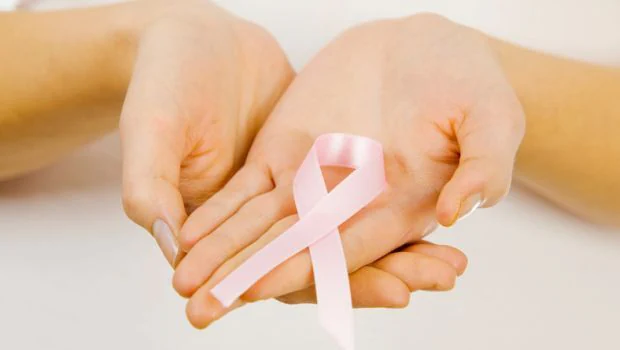
Male Breast Cancer: Here's Everything You Need To Know
Male breast cancer is rare but early detection can help save lives. Read here to know the symptoms, causes, treatment and diagnosis of male breast cancer. Also know how it is different from breast cancer in females.
While breast cancer in women is a much talked about issue, not many people would know that breast cancer also happens in men. Both men and women have breast tissue. And hence breast cancer is a possibility even in men. It is much rarer, of all the breast cancers diagnosed, less than 1 percent are in men.
It is usually diagnosed at a higher stage for two reasons- one due to minimal breast tissue, even a small breast cancer lump or nodule will quickly spread to the skin or the chest wall. While in women, due to breast tissue, mostly only fairly large tumours involve the skin or chest wall. As a result, a same size lump that would be early stage in a woman, could be advanced stage in men due to skin and chest wall involvement. The other reason is that most men would ignore any small lump or nodule they observe either due to ignorance/embarrassment/simply because they believe men can?t have breast cancers.
So most (about 40%) breast cancers are diagnosed in men as stage 3 or 4. The survival or cure rate is largely dependent of the stage of the tumour, the other factor is the biology (receptor status) of the tumour. By being aware, it is possible to catch the cancer at an early stage which dramatically improves the outcomes. Paying attention to any changes in the breast and quick action and diagnosis, can help diagnose the cancer at an early stage. Early stage at diagnosis translates to higher cure rates.
For a given stage and biology of breast cancer, the cure rates are similar in men and women. The concern is only that men cancers are often diagnosed at advanced stage as discussed. Hence it is important for men to know and recognise the symptoms of breast cancer. These include a lump in the breast (usually painless), ulceration, discharge, redness/scaling of the skin, puckering/dimpling of the skin, lump in the underarm or around the collar bone, nipple turned inwards, discharge from the nipple and change in size of the breast. Any such symptoms observed should be immediately evaluated by a doctor. These could be indicative of cancer or be non-cancerous lesions. However, it is important to know that they should not be ignored.
Multiple factors play a causative role in development of breast cancers. The risk increases with age (most men diagnosed with breast cancer are above the age of 60 years, the average age at diagnosis being 72 years. Most of these men (1 out of 5) have a family member/relative affected with breast cancer. However, many men have an underlying genetic mutation as the causative factor of breast cancer. Most common are the brca mutations in the genes.
The diagnosis and treatment of breast cancers is the same in men and women. They are diagnosed with clinical examination, breast mammography, breast ultrasound, biopsy, immunohistochemistry (to check the receptor status), blood investigation, PET-CT scan (or chest x ray, ultrasound in early stage cancer). The treatment consists of surgery, chemotherapy, radiotherapy, hormone therapy, immunotherapy (the last two are decided based on the results of the receptor status).
While response to treatment, survival and cure rates are the same as in women, the problem is late diagnosis in men. And it is a well-known fact that ? the eyes only see what the mind knows. Hence knowing the signs and symptoms indicative of breast cancer is the key to being aware and having an early diagnosis. If men observe any of the detailed symptoms or anything unusual about their breasts, they should not hesitate to be examined and investigated. Appropriate medical attention is the key to staying healthy.
(Dr. Upasna Saxena, Consultant- Radiation Oncology, HCG Cancer Centre Mumbai)